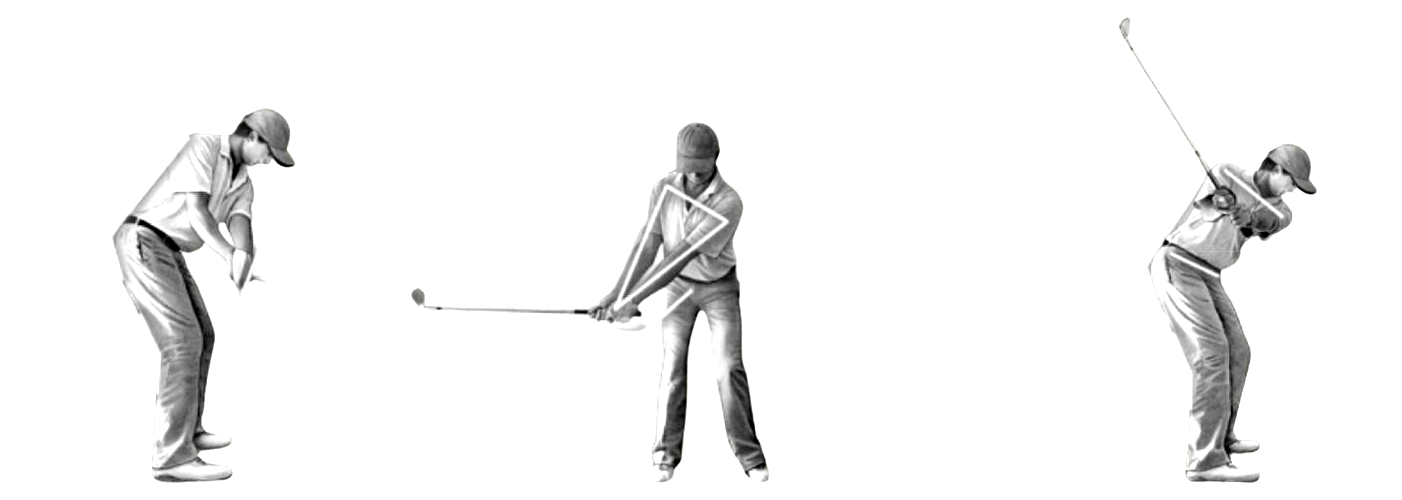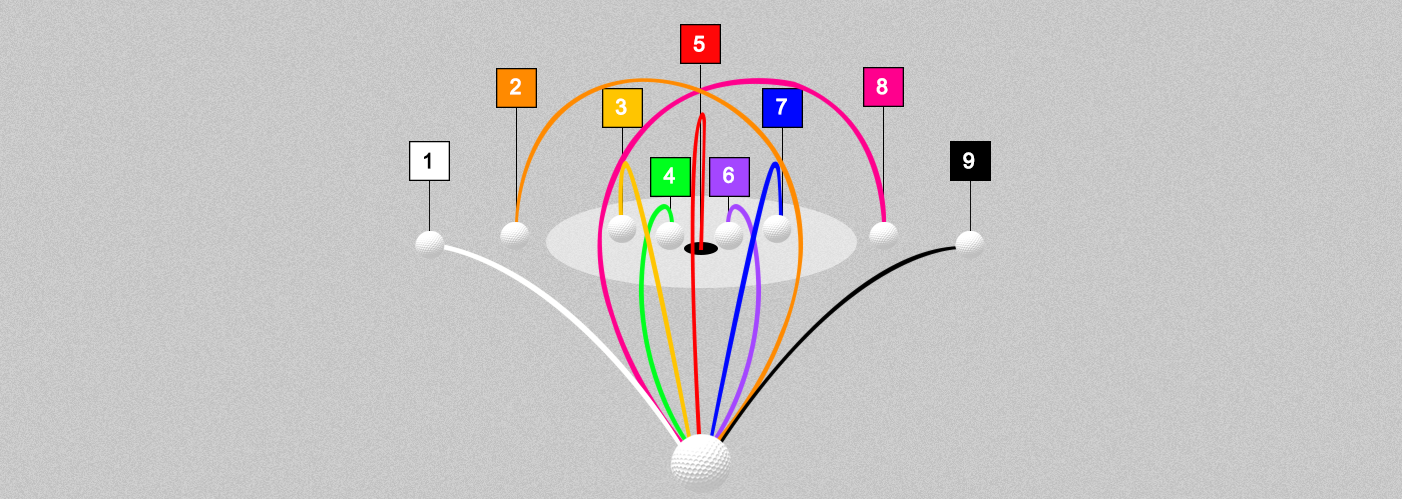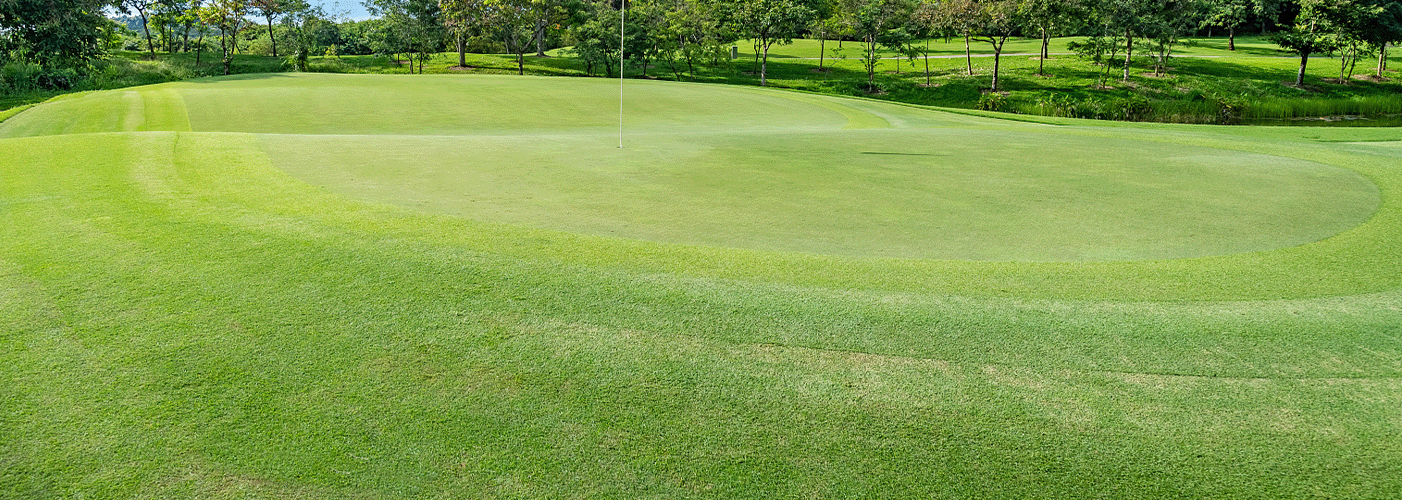Machine Vision: Core Applications Shaping Modern Golf
Golf, a sport defined by precision, has long relied on human judgment—from gauging putt distances to ruling on ball placement. Today, machine vision technology—a branch of AI that enables computers to capture, analyze, and interpret visual data—has become a game-changer. By leveraging high-speed cameras, 3D sensors, and real-time algorithms, it addresses critical pain points across golf, delivering accuracy and efficiency that human observation alone cannot match.
1. Player Training: Turning Subjectivity Into Data-Driven Precision
For golfers, mastering technique—especially swings and putting—requires pinpoint feedback. Machine vision eliminates guesswork, turning subtle movements into measurable metrics.
Swing Mechanics: Capturing Micro-Movements
A golfer’s swing involves dozens of coordinated actions, many too fast for the human eye to track. Machine vision systems solve this with high-frame-rate cameras and 3D depth sensors. These tools capture every detail: from the initial wrist hinge to the clubhead’s path through impact. Algorithms then process the data to generate actionable insights, such as:
Clubhead speed and path
Face angle at impact
Swing plane steepness
Golfers and coaches use this data in real time: a beginner might adjust their hip rotation to fix a shallow swing, while a pro could refine their clubface control to consistency. This level of precision has cut average practice time needed to improve by 30%, per industry studies.

Putting: Mastering the Green’s Nuances
Putting accounts for ~40% of strokes, yet it’s the hardest skill to refine. Machine vision systems like PuttVision X and EYE Mini address this by tracking two key elements: the putter’s movement and the ball’s roll.
Mounted overhead or beside the green, cameras record:
Putter path and face angle at contact .
Ball speed and deceleration rate .
Ball break .
For example, a beginner might learn their putter face opens at impact, causing pulls; a pro could adjust their stroke to account for a green’s subtle 2% slope. This feedback reduces putting errors by up to 25% for casual golfers.

2. Golf Course Management: Efficiency Through Visual Intelligence
Maintaining a golf course—an average of 150+ acres—in top condition is labor-intensive. Machine vision streamlines tasks, cuts costs, and boosts sustainability.
Turf Health: Detecting Issues Before They’re Visible
Healthy turf is non-negotiable, but early stress (drought, pests, fungal diseases like brown patch) is invisible to humans. Machine vision systems—mounted on drones , ground robots, or golf carts—capture multispectral images (combining visible light, near-infrared, and thermal data). These images reveal:
Chlorophyll content .
Soil moisture .
Pest infestations .
Platforms like TurfCloud turn this data into color-coded heatmaps, letting groundskeepers target interventions. A California course using this tech reduced water use by 32% and cut pesticide applications by 25%—critical for arid regions.
Precision Maintenance: Uniformity and Fairness
Consistency across the course (e.g., green mowing heights, bunker placement) ensures fair play. Machine vision-equipped mowers use cameras and LiDAR to:
Adjust blade height in real time (greens need 3–4 mm; fairways 15–20 mm) for uniform grass length—eliminating "fast" or "slow" patches.

Avoid obstacles (sprinkler heads, tree roots) that damage equipment or leave uncut areas.
For tournaments, systems like GolfLogix scan the course to create 3D maps. Groundskeepers use these to mark pin positions with centimeter accuracy, ensuring compliance with PGA Tour rules and fairness for all players.
3. Tournament Operations: Accuracy and Fan Engagement
Professional tournaments demand flawlessness—from rule enforcement to keeping fans engaged. Machine vision delivers on both fronts.
Rule Enforcement: Eliminating Human Error
Golf’s rules are strict: a 1 mm ball shift before a putt (Rule 9.2a) or a club touching sand in a bunker (Rule 13.4) can cost a player the tournament. Past slow-motion replays often lacked clarity, but high-speed machine vision cameras (2,000+ frames per second) capture every detail.
The PGA Tour’s ShotLink system—160+ cameras per course—tracks each shot’s trajectory, landing position, and spin rate. Officials use this data to:
Verify ball movement in milliseconds.
Confirm if a ball is in bounds or lost (reducing search time by 50%).
Settle disputes over hazard violations—no more subjective calls.
Fan Engagement: Making Golf Accessible
Machine vision enhances how fans experience tournaments. Broadcasters use AR overlays powered by visual data to:
Show virtual target lines (revealing where a golfer aims and how the ball will break).
Animate shot trajectories (e.g., "This drive will land 20 yards short of the bunker").
Compare swings (e.g., "Rory McIlroy’s hip rotation is 15% more than the average pro").
At in-person events, kiosks let fans scan their swings with machine vision, receiving instant feedback on how they stack up against pros—turning spectators into active participants.
Conclusion
Machine vision is no longer a "luxury" in golf—it’s a necessity. By refining player training, optimizing course management, ensuring tournament fairness, and engaging fans, it has elevated the sport’s precision, efficiency, and accessibility. As technology shrinks (e.g., smartphone-integrated systems) and algorithms grow smarter, machine vision will keep expanding its role—ensuring golf remains a sport of skill, strategy, and innovation for years to come.


